QUUBE launches the first test version of the blockchain that is resistant to counterattacks in 2018

#QUUBE #Social #trading #blockchain #crypto #cryptotrading.
QUUBE.EXCHANGE - Launchpad's first quantum security and ecosystem quantum token with a professional exchange platform that enables the STO / ICO project to raise funds quickly among accredited and non-accredited investors. Operations based on STO blockchain specifically designed for investment and custodial institutions. This chain is protection for other crypto market ecosystems from quantum terminal attacks; all exchange operations and user balances will be recorded back on the chain. The day when the first quantum computer will connect the cryptocurrency blockchain will come therefore the cryptocurrency market needs their respective protection.
Introduction
The world is changing fast. New technology, which exists only in the imagination of fantasy writers, cuts our lives. The computer age began less than 80 years ago and today almost every family has several devices with processors that are much faster than the first multi-stage computing machine. The tools are related to building local and global networks, demonstrating extraordinary capabilities in data collection and processing, reaching a level of comfort that was previously inaccessible to users.
In 1965, Intel co-founder Gordon Moore observed that computer capacity doubled every two years. Such an interesting dependency is called "Moore's Law". This law has been followed up until 2011 in the traditional computer industry which has somehow become the dominant technical task for all market participants. In 2011 the computer production industry faced the problem of physical limitations.
Synchronous operations of the processor with a large number of transistors cannot be guaranteed. Extensive development methods allow "Moore's Law" to be applied in 7 years: the number of processor cores has increased. But this also ends - synchronization between cores leads to efficiency losses that increase faster than multi-core processor capacity.
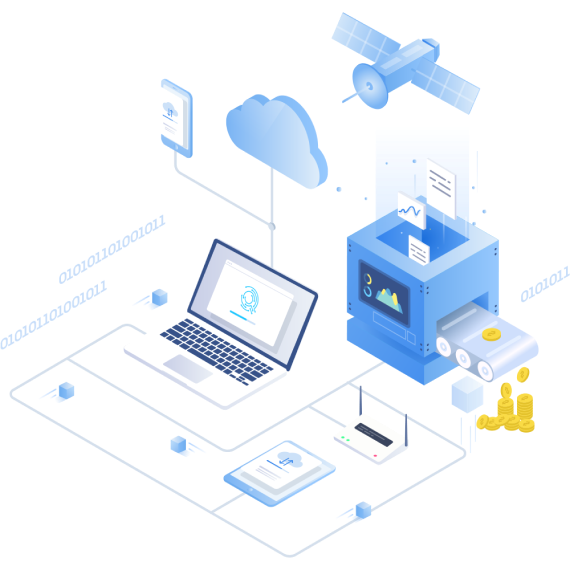
Problem
related to state regulations In the nearest future all existing cryptocurrency exchanges are expected to be required to follow the requirements offered by the FATF (Financial Action Task Force). Today's requirements for the cryptocurrency exchange function are not binding. They mostly involve registering new members and informing about suspicious transactions on the platform. Certain governments define the regulatory actions of crypto currency exchange.
The US legislative system implies the following requirements:
Users must be identified.
Cryptocurrency exchanges must inform the government of transactions in amounts in excess of $ 10,000.
Information about transactions must be stored by the exchange. The researchers used statistics that according to him the cryptocurrency exchange got $ 1.8 billion in profits from crypto asset transactions in 2017. This profit includes costs only.
Cryptocurrency exchanges must inform the government about suspicious transactions.
The government has the right to confiscate fiat and cryptocurrency assets that should have been obtained illegally.
A user who buys or sells coins in excess of $ 3,000 must be verified verified.
In Japan, the regulatory steps are as follows:
Cryptocurrency exchange operators must be registered with the Financial Services Agency (FSA).
State regulators have the right to verify the exchange of functions and enforce administrative actions in the event of violation of rules.
Cryptocurrency is considered as a value like an asset.
Cryptocurrency is not a legal payment instrument but an exchange means it is suitable for goods, services, or legal currencies of payment obtained.

Today's solution for tomorrow’s problem
In the era of rapid technological progress, practical benefits are only important. The idea behind an ambitious project for the post-quantum era was born after realizing the potential threats and impacts of the power of quantum computing, which represented a real threat to the global world of blockchain technology. QUUBE Exchange was created from the beginning with a vision against the dangers posed to DLT in the future.
Convincing security measures requires a lot of work. As the pace of progress continues to increase, developments aimed at preventing the possibility of disasters have become very popular. QUUBE launched its first test version of a blockchain that is resistant to counter-attacks in 2018 and has since never stopped researching more to make crypto spaces safer and more reliable.
QUUBE product
The main project products are the following:
Quantum resistant QRP blockchain dedicated to the STO market. • Quantum QUUBE cryptocurrency exchange
Launchpad STO / IEO
Business model
projects Future users pay for services that are now expected to use them for the next five years.
QUUBE Cryptocurrency exchanges are expected to enter the new large STO market that appears to be one of the largest tokenized assets and crypto exchanges with more than $ 1 billion of annual profits.
QUUBE Launchpad enables the creation of security tokens and makes fundraising for transformative projects motivated by success costs in turn.
Quantum resistant blockchain intended to record all activity and trade logs including user balance information. QRP tokens should be used for reservations to offer public security tokens offering and providing access to STO / IEO campaigns.
Crypto wallet market overview
Typology and working principle of the main crypto wallet
Crypto Wallet can be considered as a program developed for key management which is a multifunctional application that provides various additional services and technical capacities. Their functions go beyond the scope of simple cryptocurrency storage. All crypto wallets can be divided into groups according to various criteria: security level, cryptocurrency storage peculiarities, number of cryptocurrency available, etc.
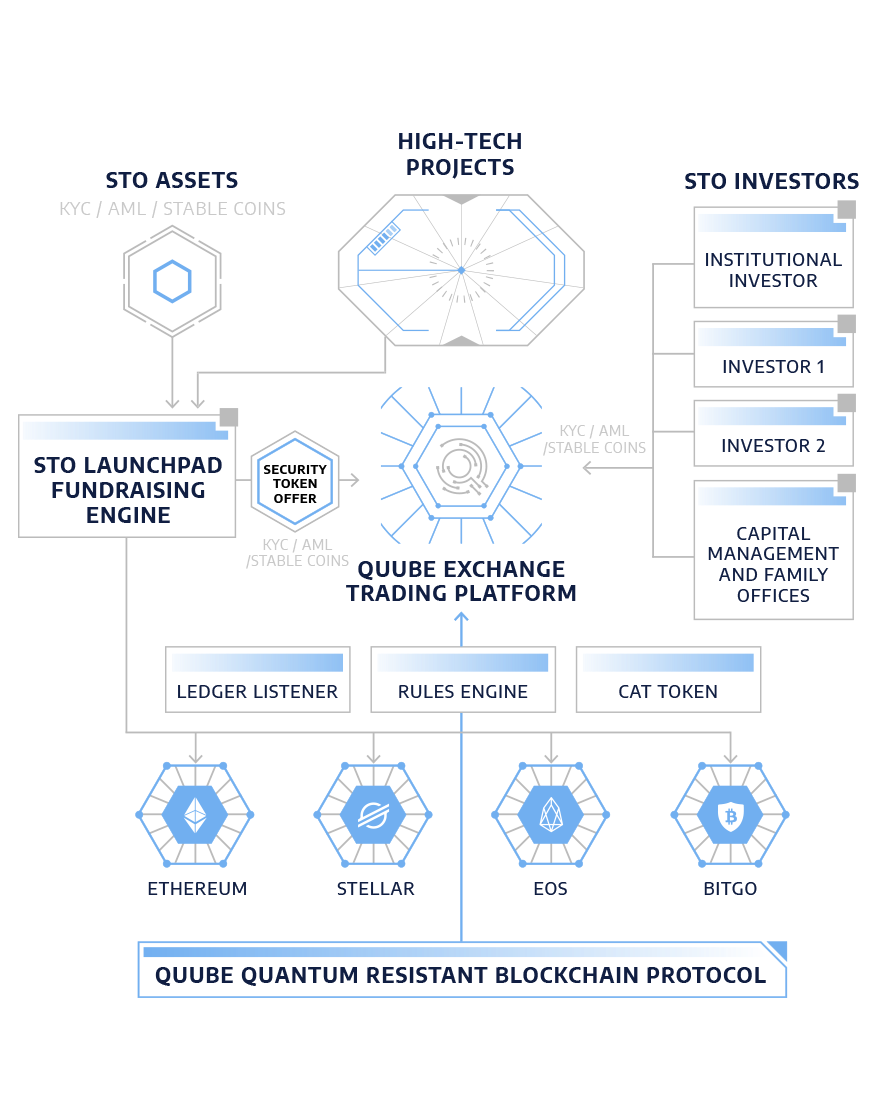
The main type of crypto wallet
The main types of crypto wallets are as follows:
"Cold crypto wallet". This type of "Cold" cryptocurrency storage is currently considered the safest way of storage. There are two types of wallets shown there:
Hardware wallet (Ledger, Trezor, KeepKey, Cool Wallet, Digital Box). These tools provide local private keys that generate the possibility of their transfer anywhere. A specially protected chip is used to protect the system from gaps and viruses software. Transactions are confirmed by a PIN and a special mnemonic phrase is generated to restore access to the wallet.
Crypto paper wallet. It is a public Bitcoin address and private key printed in the form of a QR code and a combination of numbers and letters. The wallet is produced by a special service (bitaddress.org).
Local wallet. A secure cryptocurrency storage method that gives users full control over their assets because private keys are created and stored on the user's local device.
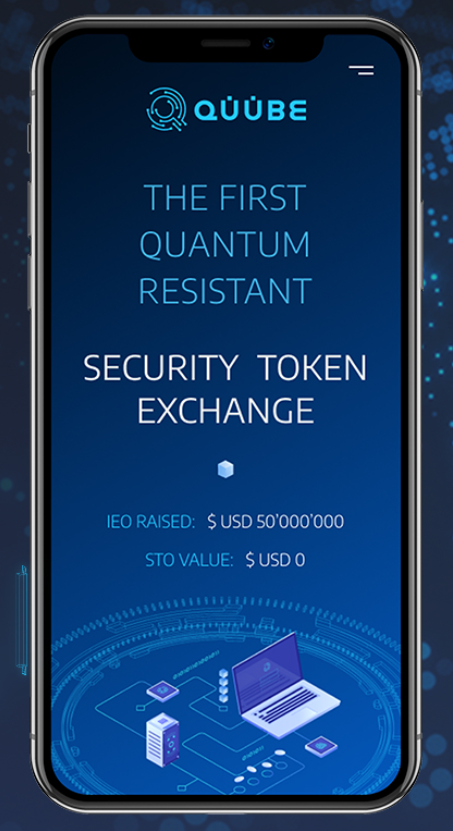
There are two types of local wallets shown there.
A wallet with a large weight. They download the network blockchain on your device after it is installed and launched. Their download requires a lot of time and more over, such a wallet requires a lot of storage space on the computer's hard disk. The most popular crypto wallet of this type is Bitcoin Core, Ethereum Wallet.
Lightweight wallet. This type of Crypto wallet is an online platform that has its own server and therefore blocks downloads to user devices are not required. The wallet is fast synchronized and easy to use. Exodus, Electrum and Jaxx are one of the most popular lightweight wallets.
Online wallet is a website and a special service where users can store, transfer and receive digital currencies. Cryptocurrency exchanges are also included in this category. An online wallet suitable for trading and small volume transactions.
Cryptocurrency wallet structure
The total number of crypto wallets for one cryptocurrency reached 28.2 million (at the time of writing the review).
At the same time the number of crypto wallet users is less than the number of crypto wallets themselves. According to research data, more than 70% of the existing crypto wallets are not used (there is a loss of access to assets stored in the crypto wallet). Meanwhile many crypto assets owners have several crypto wallets of various types and moreover there are crypto wallets for storing other digital assets.
Cryptocurrency exchange advantage factors:
Transaction fees
QRP STO / IEO service token ordering
Launchpad Success Costs
Geographical division of crypto wallet suppliers and users
Around 81% of crypto wallets are located in Europe and North America, but the indicated area is only 61% of users.
The geographical division of crypto wallet suppliers
27%: other
34%: US
15%: English
8%: Germany
8%: Switzerland
8%: Chinese
Geographical division of crypto wallet users
30%: North America
31%: Europe
20%: Asia-Pacific
13%: Latin America
4%: Africa & Middle East
61% of wallet users are in North America and Europe while only 20% of users represent the Asia-Pacific region. The next region according to the number of crypto wallet users is Latin America followed by Africa and the Middle East. The relatively small percentage of crypto wallet users in some regions can be explained by the fact that in some countries (for example China) owners of crypto assets use an exchange account for the storage of crypto currencies.
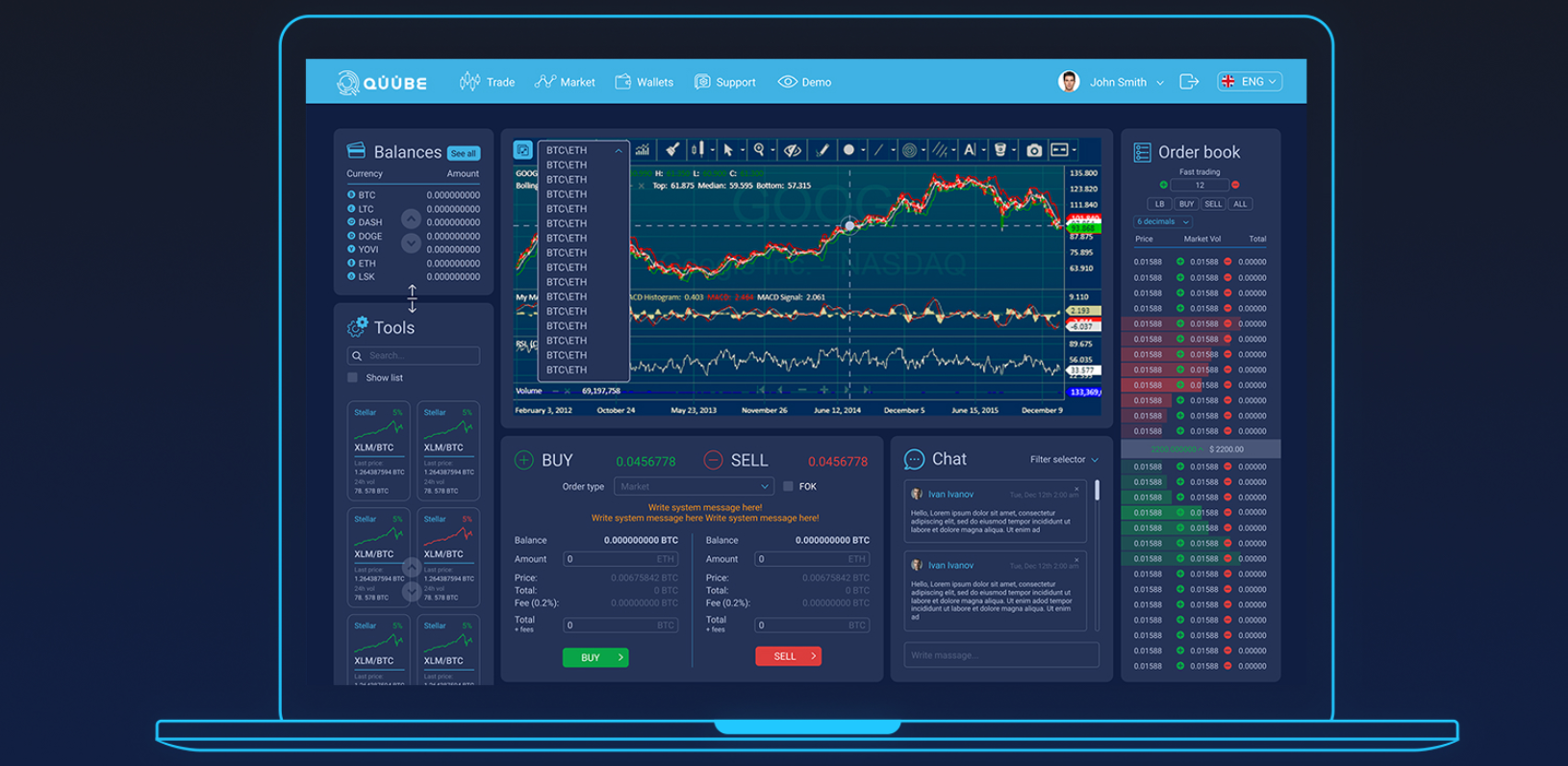
Attitude of wallets suppliers towards the current state regulation of the industry
41%: No regulation & no needed
29%: Adequate
18%: Excessive & too strict
12%: No regulation but needed
Summary of QRP tokens
QRP tokens are selected for the initial bid. The token is planned to be launched on the ERC-20 standard using Ethereum blockchain. The QRP token has a utility token function that is used for stake lotteries that are provided for STO / IEO services. There will be no other way besides the QRP token
Token Price: $ USD 0.5
There is a plan to launch a QRP token: s250 million
fuel for STO / IEO: Utility type
There is no locking period
For sale on the QRP platform: 175'000’000
Date: September 2019
Tokenomik
ICO is expected to attract investor funds to launch the STO / IEO campaign. The stored token is locked during the assessment and promotion period before the distribution date. Staked is required for all tokens, including supported assets or non-assets. The minimum bet is 1500 USD which is 0.3% of the lowest capital equivalent to 500 000 USD that is allowed to be offered.
70%: STO / ICO-IEO Platform Services
20%: Marketing
10%: Team

Expected allocation of funds during ICO is illustrated by the following scheme:
40%: Blockchain R&D & Development Lab
30%: Exchange software
20%: hosting the Quantum key distribution
5%: Marketing
5%: Margin Trading Terminal
ROADMAP QUUBE
2014: Development of an exclusive trading terminal
2015: Development of the C-Sharp Trading System and Match Engine
2016: Development of the Crypto Exchange terminal
2017: PRO Trading Platform
2018 Q: Quantum Technology - Implementation of the QKD System
2018 Q2: QUUBE RELATIONS Foundation
2019 Q2: Presentation of Quantum & Roadshow Exchanges
2019 Q3: Development of a quantchain-resistant blockchain ERC20 launching
2019 Q2-3: QUUBE Exchange STO Launchpad
2019 Q4: QUUBE Exchange STO / IEO Services Start
2020 Q2: Presentation of the Quantum Resistant Blockchain Protocol, Swap Tokens
2020 Q3: QUUBE PRO STO Trading & AI Terminals
QUUBE TEAM

Jonathan Austin Quube President
CEO of ENZO
Anthony HK LAI, CA CFO
Jonathan Zhang Education Program
STO Advisor Malcolm Tan
Rennie Blockchain Community Sng
Kevin Pang CBDO Asia
Pshenin Dmitry CBDO
Andrey Zienko CTO
Brand Manager Rudolph Goldenberg
Contact sevil directly
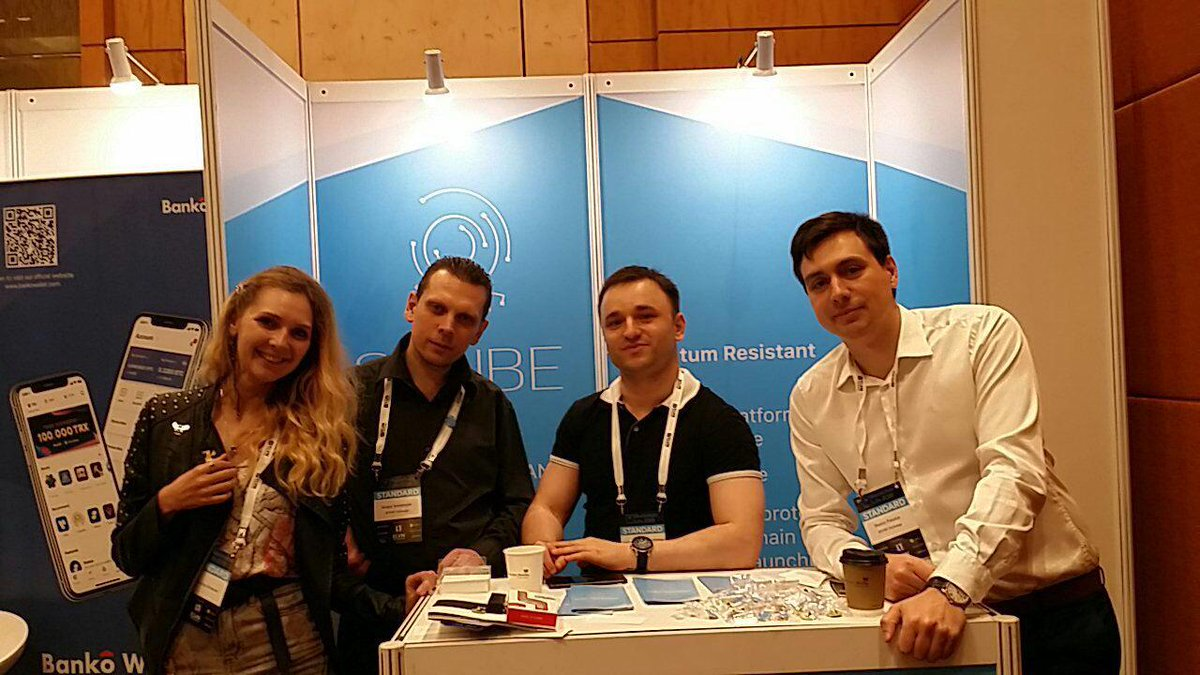
For more information, please visit the link below:
Author ; baim107
Bitcointalk Profile : https://bitcointalk.org/index.php?action=profile;u=2552437
My ETH: : 0x9aBc8b8a8AAA9d4Bb4c1E797e1Ed2Edf39A7124e
Komentar
Posting Komentar